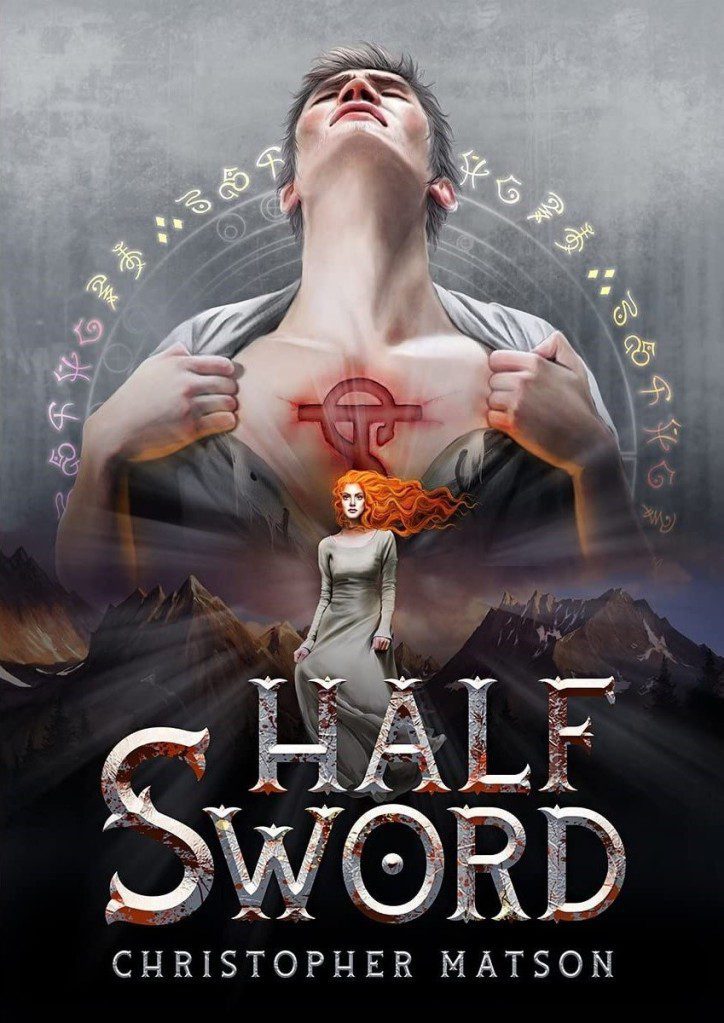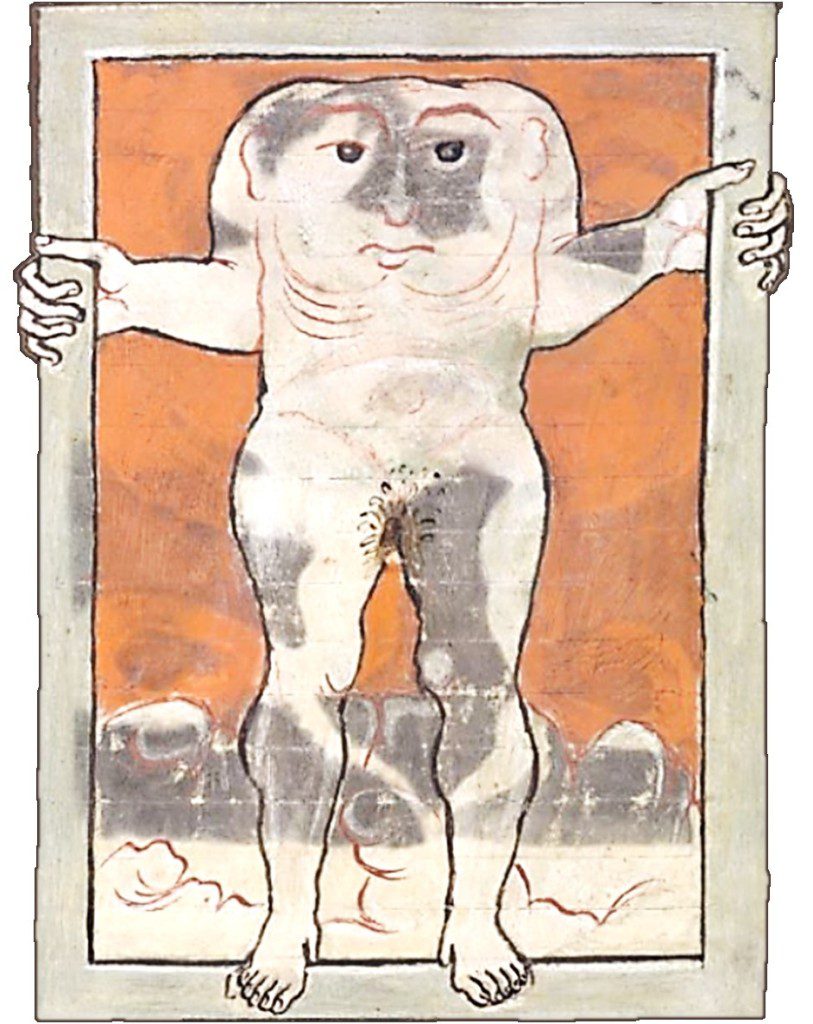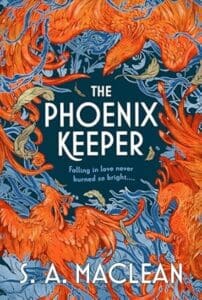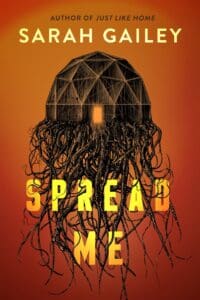
Hello everyone and welcome to our latest guest post for the 7th annual Self Published Fantasy Blog Off! I have been working on reaching out to each of the authors who have landed in our batch of books for the competition to see if they would be interested in being interviewed or contributing a guest article in an attempt to drum up a little extra excitement for their book and (hopefully) get to know them a bit better. And now, Christopher Matson joins us today with a few great tips on writing historical fantasy and a brief overview of the genre!
If you want to check out the rest of our SPFBO coverage, be sure to check our SPFBO 7 landing page here. On to the article!

Historical, I almost hate to use the word. It conjures up drowsy classrooms. We’ve all been there. The teacher, bored out of her skull, copies dates to a whiteboard. Her apathetic students doodle in their notebooks. It’s history, in the past, irrelevant. The only thing worse is memorizing capital cities for social studies class. Right?
Could be, but maybe not. It’s the writer’s job to add that transformative element that makes History relevant to the reader. I call that element the story’s Mystique. This mystique can take many forms, romance, adventure, drama, horror, and of course, fantasy. And I would maintain that a good solid story employs all five of these elements. But—for this article—I am going to focus on the Fantasy elements and what makes a compelling Historical Fantasy.
I want to unpack the Historical Fantasy genre. I like that term, unpack, but maybe deconstruct is the better word. I want to take the collective genre apart, examine all the springs and wheels and magical bits. I want to identify what makes a compelling story from what would otherwise be merely a history class.
First the history. No, come back—really, you’re gonna like this. First the history, because that’s where the authors will do their world-building. And there is this smorgasbord of historical periods to draw from. Better still, there is this enormous planet of continents and nations, each featuring a smorgasbord of history. Imagine, going to a cook-off, but really, it’s a smorg-off, featuring thousands of entrants, each with thousands of tasty viands. You get the picture.
But wait, it gets better. I mean the history part, stay with me on this. You see, most of history consists of something that someone else has said about a jumble of stories and legends. It’s a mix of research and speculation. To cite Dan Brown’s The Da Vinci Code, “What is history, but a fable agreed upon?”
Many have been credited with saying something of the sort, but my point is—most history is fundamentally fiction to begin with. A tale told by the victor, or by the ruling class in a bid for validation, or even by an academic hoping to achieve tenure. That makes History (with a capital H) grist for the keyboard mill, meat for the story grinder. History is the author’s bitch.
I’ll get back to History as a story element in a little bit (no, that’s not a threat). Let’s take a look at the Fantasy elements, particularly the elements that work well in a historical setting. So, dragons? Yes, just not Ancalagon the Black. After all, Ancalagon was enormous, as big a mountains, and it flew. In Epic High Fantasy such a thing works. But with Historical Fantasy we really need elements that (with a little bit of squinting and suspension of judgement) could have fit in with the time and location. Maybe the dragon is more like a land-crocodile the size of a hippopotamus. It could be sentient; it could be a god. Paint it any color you like but make it believable in the context of the story.
Take for instance the Smok Wawelski, the Wawel Dragon of Krakow. It had a taste for sheep. According to the fable, it died of gluttony (muttony? Sorry). The interesting thing about the Wawel Dragon? It is one of the few dragons that can be identified to a specific place at a reasonably specific time. Visit Krakow, you can tour the Smocza Jama, the dragon’s cave.

Here’s a wood block print of the Wawel Dragon made in 1544. Nice details of the Wawel Castle, the Hermanowska Cathedral, and the outer wall. This view would be from the Vistula River where it swings south of the old city center. Notice there is no city in this picture. That’s because there was no city outside the castle walls until after 800-900 C.E. when the dragon was dispatched.
And here’s a pic of bones reportedly recovered from the Wawel Dragon. They have hung for centuries at the entrance to the Hermanowska Cathedral. Some say they are mammoth fossils or whale bones, but no one is quite sure.

So, my point? This is exactly the kind of dragon or other mythical beast that fits beautifully in a Historical Fantasy novel. Not all fantasy creatures are as well documented in real life. But given this background, you could almost believe in dragons. So… yeah, the Wawel Dragon plays a minor role in my latest Historical Fantasy, Half Sword (had to get the plug in here somewhere).
How about orcs, elves, other human-like races? Same thing. As long as they fit the period and have some connection to the locale, they work splendidly in Historical Fantasy. Consider the Norse Alfar. They were likely a tribe, or an indigenous people encountered by the early Norse incursions into central Europe. Legends of the Alfar passed into the Celtic tradition and gave us the English word “elf” (don’t you love Amala up there in my promo shot? She’s Alfar—or at least my interpretation of them). The Alfar are only one of the mythical races populating the world’s legends and fables. As an author, it gives you this enormous palette to draw from, and as a reader, you have these incredible new cultures to explore.

For instance, this unabashed female Blemmye might make an interesting character. Pursuing your protagonist, she’s not gonna take no for an answer. She’s not even going to stay in her picture frame.
Of course, Historical Fantasy does not have to be medieval. I just happen to like that period. There are plenty of fabled creatures roaming the American west, the Louisiana Bayou, the Gobi Desert, the Scottish Highlands. It’s just that, “A Blemmye in New York” would be… um… uh… actually it would be a total scream. Somebody’s gotta write it.
I did promise (okay, threaten) to talk about the historical aspects a little more. One of the best things about writing or reading Historical Fantasy is that it provides realistic world for your story to inhabit.
By sticking with a known historical period, and the established legends of that period, authors have a framework to begin world-building. Even more important, readers have a framework to dive into that world without having to endure chapters of confusing description or worse, some kind of prologue data dump. We step into the Renaissance, the Victorian Period, Edo Japan, knowing the rules of that era and what to expect. Of course, what we don’t expect is what makes it a story.
This is where that Mystique element comes in, the transformative power of Fantasy that makes history fascinating. The author can paint his story with anything from a haunted African spirit mask to a magical ability that the protagonist must use, or else must contend against. The Mystique is what drives the story—it’s what brings the reader back, turning page after page.
Which brings up one aspect of Historical (as in Historical Fantasy) that cannot be neglected. Research. Yup, if you’re gonna tackle Historical, it’s gotta be accurate. At least it’s gotta be defensible. History is a soft science, it squishes around. You’re allowed to squish it pretty hard, but in the final draft it has to resemble something your readers will recognize. This holds true even if you are writing Alternative History, arguably a sub-sub-genre of Historical Fantasy.

Lots of good sources on the web. Academia.edu is one of my favorites for finding dump-truck loads of obscure research papers. The British Library has some wonderful 16th century stuff online, and of course, the US Library of Congress has a fantastic digital archive. Don’t neglect your used-bookstore, a trove of forgotten early/mid-20th century stuff. Digging out these ancient treasures, dusting them off, and spiffing them up with a little Fantasy Mystique is half the fun.
And then there is the Story… capital S. I cannot leave this topic without discussing the kind of story that works well with the Historical Fantasy genre. Looking back, I’ve found that almost everything I’ve written is some version of the “Hero’s Journey” story cycle. Tried and true, almost cliché, yes. But for me, I just identify with the theme of—it’s the journey, not the destination.
Of course, there are tons of other great Themes. In many of them, the action takes place in one setting. Whatever works best for your story cycle, use it. However, your story must have a Theme. What Twyla Tharp calls the Spine, the underlying heart of your narrative that gives it meaning. When writing Fantasy, this element is often lost. The author and the reader become so immersed in the Fantasy world that they lose sight of the Story.
It goes without saying that you also need memorable characters. You Main Character or Point-of-View Character is what keeps the reader engaged. Good character development is essential. However, there’s another bit of magic sprinkles needed. Your character must have Motivation. An imbalance must be introduced into the character’s life. The “Inciting Incident,” it should happen right at the beginning. If your story cycle is say, “The Chosen One,” then this Motivation element must be a challenge or a burden the MC takes on to fulfill her or his chosen destiny. Stress them characters, it helps ‘em grow. Only when your character is stressed to the limit, can she or he reach down and grab that last ounce of strength, that failing bit of courage, to meet the challenge and resolve the initial imbalance. This story element is essential in Historical Fantasy. Even if your Historical is a Grim-Dark fantasy, the MC must sacrifice something to at least achieve a goal, albeit a questionable one. Give your character motivation—make them grow—make them change.
This brings up the final essential Story element, Tension. Not just in Historical Fantasy, but in almost any genre, there should be something at stake. Not just anything, like the last donut in the lunchroom, but something that can profoundly change your MC’s life. Give your character a ticking clock, a potential tragedy—then make it worse—then hopeless. The price of failure must be unthinkable. Maybe they succeed, maybe they fail. It’s up to you. You’re the storyteller, get to work.
About the Author

Christopher Matson is author of “Half Sword,” the first book of the Tapestry Codices. He is also co-author with David Wood of the Dane Maddock Adventures “Maug” and “Shasta.”
His Amazon author page can be found at: https://www.amazon.com/Christopher-Matson/e/B094YT15YM.
He has a web page and a Facebook account out there somewhere, but usually he lurks on Twitter at: https://twitter.com/cbmatson.
You can find “Half Sword” for Kindle at: https://www.amazon.com/dp/B094XHHJSX.




You’re absolutely right that ‘history’ is most often fiction written by the victor. I feel like people should at once have less trust in the historical narrative but also be invited to dig into the actual writings (or whatever it is) that we have from a given historical period. Yes, it’s not the whole picture, but those writings can sometimes tell us something about what somebody back then thought and how they viewed the world. Historical fantasy written with that in mind (which it seems Christopher Matson was getting at here) could be pretty cool and engaging.